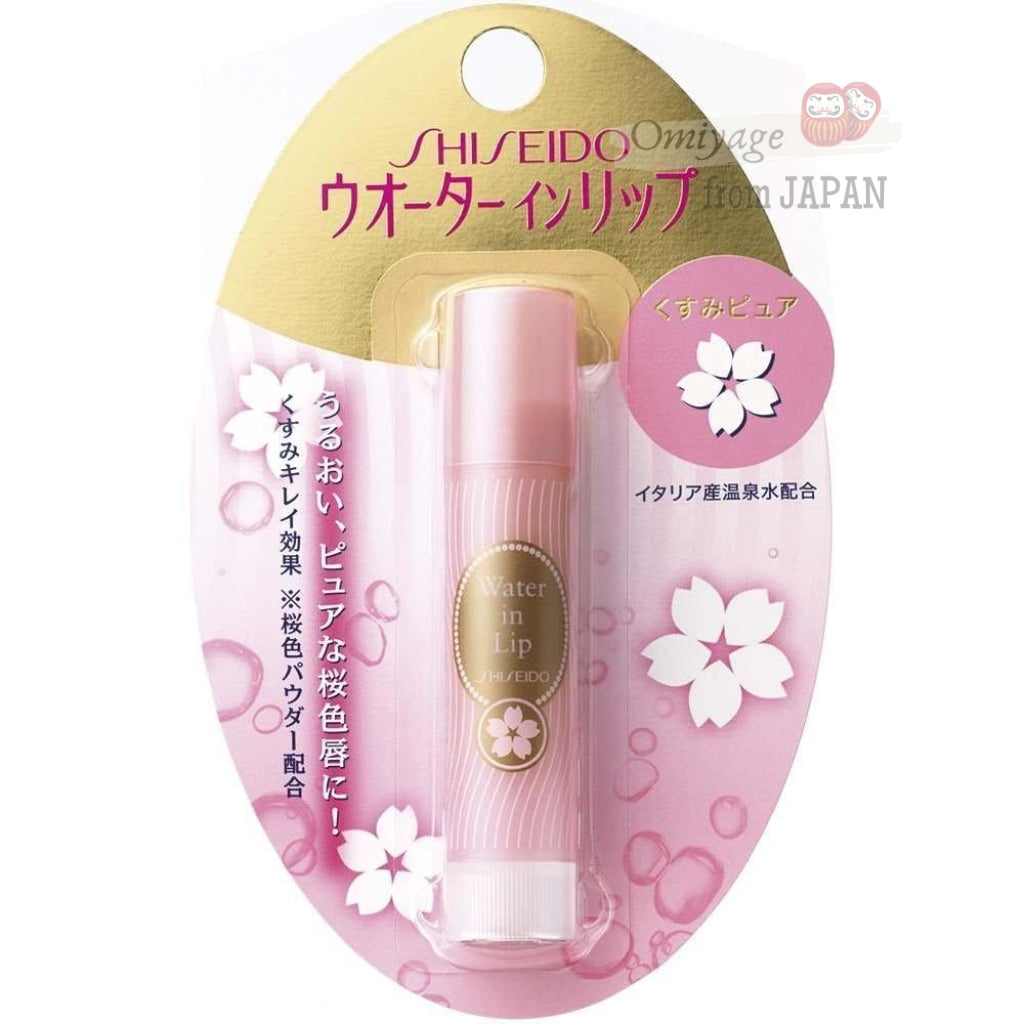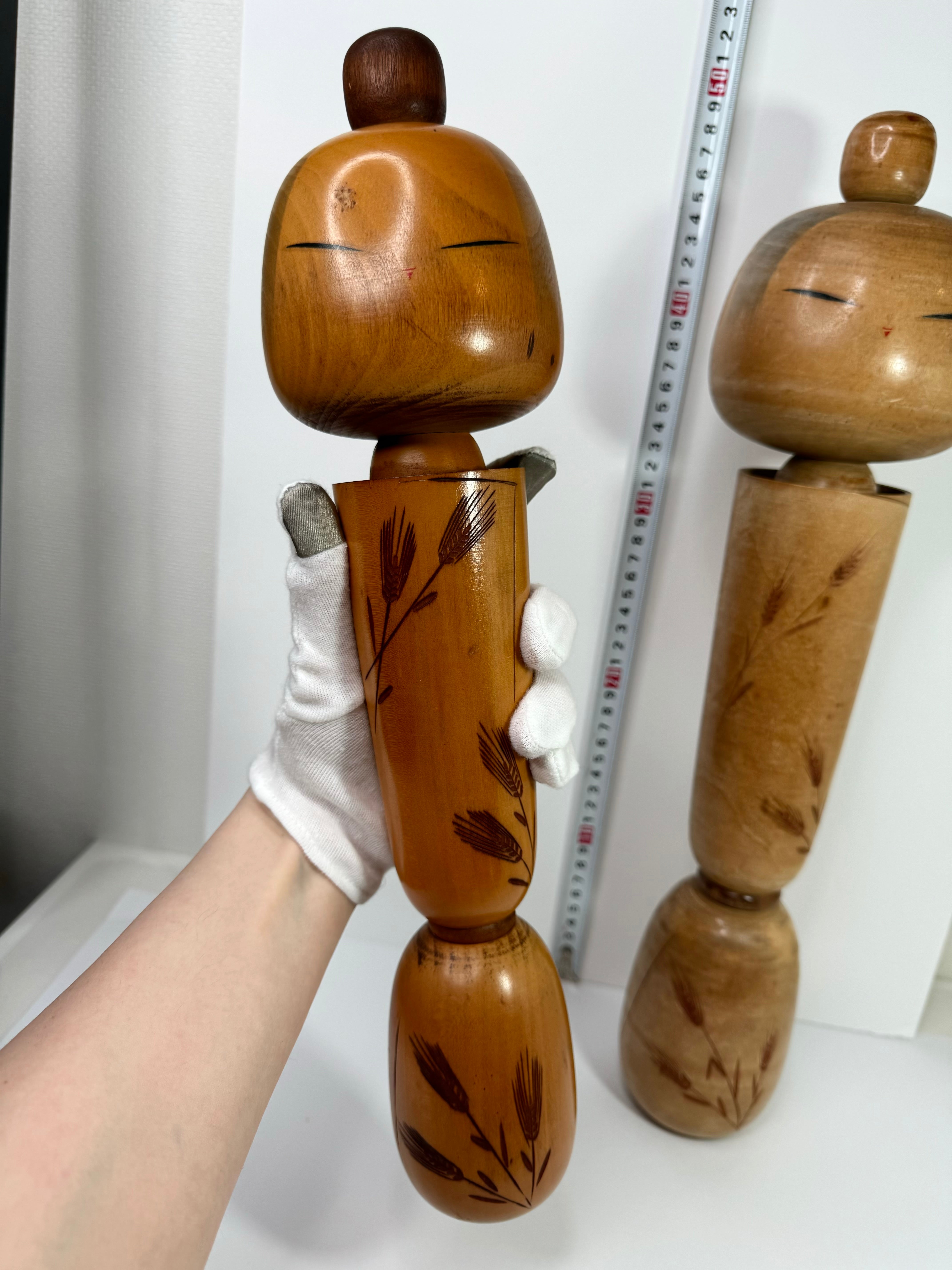Summer in Japan: A Journey Through Tradition and Celebration
As the seasons transition, the daily life in Japan intimately intertwines with these changes, creating a profound sensitivity among the Japanese towards these transformative moments. This connection is deeply rooted in their literature, particularly in the seasonal "word" present in their haikus, and in their traditional painting, where the representation of nature across the seasons is always associated with a symbol established since the 8th century. This symbolism and evocation are also found in the art of Japanese prints, in those representing nature or landscapes, and even in certain portraits.
The celebration of each season revolves around a date tied to a custom, often religious, and frequently associated with a legend that can trace its origins far back in time. The first symbolic date of summer is Tanabata, one of the five traditional festivals, which originated from China and is celebrated on July 7th.
Tanabata, or "The Star Festival," is rooted in a beautiful, romantic legend. It is the time of the year when the stars Vega, from the Lyra constellation, and Altair, from the Eagle constellation, are particularly beautiful to observe in the southern sky, with the Milky Way between them. According to the legend, Vega, represented by Orihime the weaver, and Altair, represented by Hikoboshi the herdsman, were separated by the Milky Way by Orihime's father, the Sky Lord, due to their negligence towards their work after their marriage. They were granted the right to meet once a year on the seventh night of the seventh month, provided they worked diligently as they did before.
To celebrate the reunion of these separated lovers, numerous festivals are organized around July 7th (or August 7th in some regions that adhere to the old calendar). During this day, wishes for the future are made. These festivals, dedicated to the rediscovery of love, see the creation of magical decorations, hundreds of bamboo and banners on which papers are hung, fluttering in the wind.
Summer is also the period of numerous festivals of various origins across the country, such as the Matsuri. The Gion festival, which takes place every year in July in Kyoto, is one of the three largest festivals in Japan. This historical Matsuri is known for its traditional activities and events, such as processions of immense colorful floats and numerous festive evenings.
Just like every season in Japan, summer carries with it customs that have been perpetuated to this day and rhythmically mark the passage of time.
The beauty of Japan's summer is not just in its vibrant landscapes and warm weather, but also in the rich traditions and festivals that bring people together. From the romantic legend of Tanabata to the grandeur of the Gion festival, summer in Japan is a season of celebration, reflection, and unity. It's a time when the country's deep connection with nature is most apparent, and when the Japanese people's respect for tradition shines brightest.
So, if you ever find yourself in Japan during the summer, don't just admire the scenery. Immerse yourself in the culture, participate in the festivals, and experience the season as the Japanese do. It's an experience you won't forget.



Leave a comment